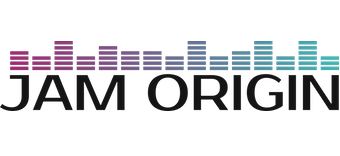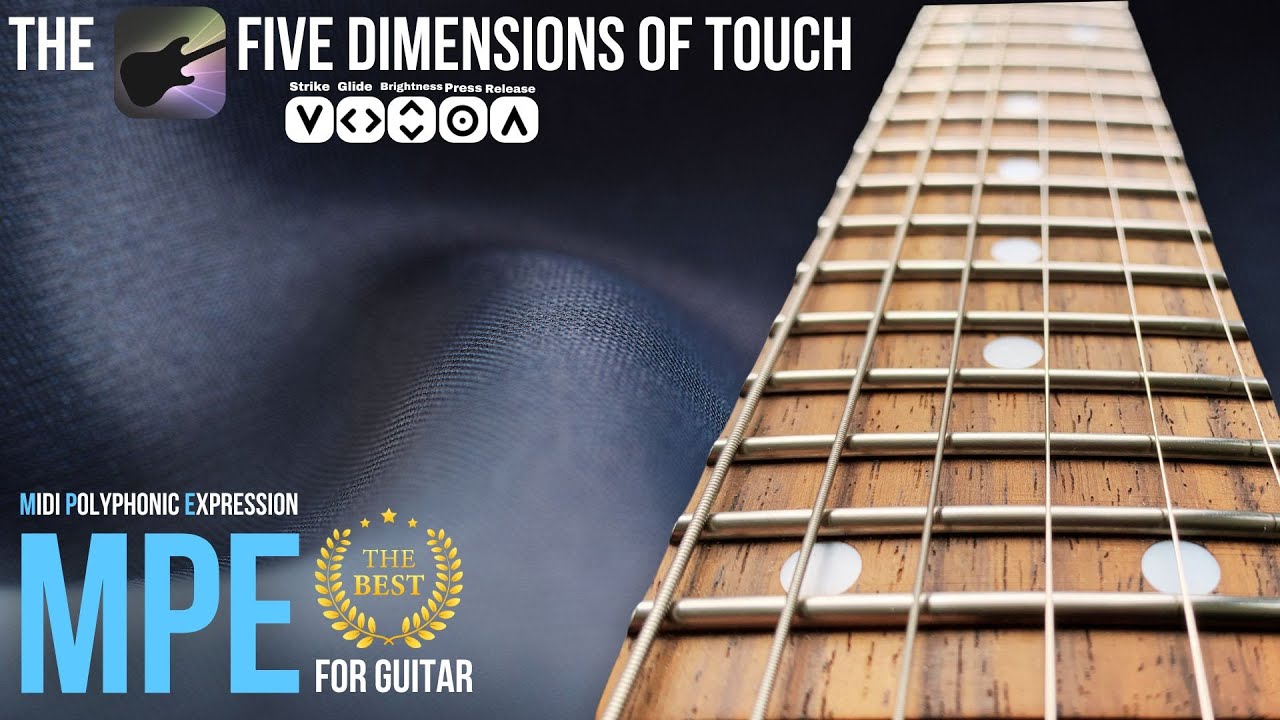In this video, I go over fundamental concepts for explaining the Jam Origin MIDI Guitar 3 take on MPE as I understand them.
I start from the ROLI ”Five Dimensions of Touch”, and break down the MIDI messages from the ”gestures” they use to its smallest components; computer or synth transistor states. From there, I go over bite, byte, MIDI messages, status/data bytes, before going into how MPE utilizes these. I try to create a natural backdrop for any future discussions about Guitar and MPE by explaining how MIDI Guitar 3 uses these concepts. This should give anyone interested a fair chance to assess developers’ claims, and also provide a common ground for us to discuss improvements and applications to the existing paradigm.
I0.00 Intro
1:50 The ROLI Seaboard Gestures
2:24 MIDI - Musical Instrument Digital Interface
3:11 A Sequential and Serial Protocol
4:24 An analogy between transistor states and phonemes
5:30 A MIDI Message is made up of ”One or More Bytes”
5:46 The three ways of describing the byte
6:45 How MIDI uses bytes
7:00 Status Bytes and Data Bytes
8:00 The reason behind the 0-127 (7-bit) grid
8:45 MSb - Most significant bit
9:10 MIDI Messages - Note-on
9:32 MIDI Messages - Control change
9:55 MIDI Messages - Program Change
10:22 MIDI Messages - Channel Pressure
10:34 MIDI Messages - Pitch Bend
10:45 MIDI Messages - LSB/MSB 14-bit resolution
13:47 Inner workings - Note-on & Note-off
14:32 What is a valid note-on?
16:40 Inner workings - Note-on: 0 velocity = Note-Off
16:40 Inner workings - Running Status
17:49 MPE - MIDI polyphonic Expression
20:50 Legacy MIDI 1.0 vs. MPE Data comparison
25:20 The gesture dimensions again
26:60 Different controllers use different controllers
28:10 Halfway to MPE - Mono Aftertouch and a CC74 slider assignment
32:14 The JamOrigin take on these Five Dimensions
33:18 MIDI Guitar 3 only uses information from the incoming audio
33:48 MIDI Guitar 3 - The Strike dimension
35:23 MIDI Guitar 3 - The Pressure dimension
37:19 The Dynamics Module
38:43 MIDI Guitar 3 - The Brightness dimension (CC74)
41:30 MIDI Guitar 3 - The Glide dimension (Pitch Bend)
43:40 Master (channel) Pitch Bend
43:56 The Lift dimension - Release
45:00 Note-off and long ADSR release
46:10 Note-off velocity = the last sent Pressure value
47:02 Using Note-off as a trigger
48:20 Additional Control - adding a pedal
50:10 Afterword

